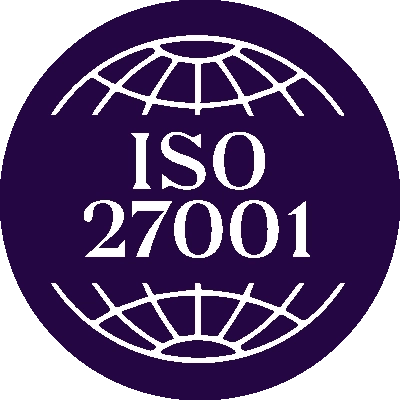NIST frameworks highlight integrity, confidentiality, and availability of communications. Email, being one of the most commonly used business communication tools, is also one of the most targeted attack points.
DMARC, when properly implemented, can enhance the chance that:
- Only authorized senders use your organization’s domain to send emails
- Email messages aren’t tampered with during transit
- Impersonation and spoofing attempts are blocked before reaching users
- Email communications are verified and trusted – a core goal of NIST’s security objectives
2. Aligns with SP 800-53 & SP 800-171
In SP 800-53 (used by federal agencies) and SP 800-171 (used by organizations handling Controlled Unclassified Information (CUI)), NIST specifies:
- System and Communications Protection (SC): Secure external communications and ensure message integrity.
- Access Control (AC): Prevent unauthorized users from sending or receiving communications that could compromise information systems.
DMARC, SPF, and DKIM directly contribute to these controls by:
- Enhancing visibility into potential threats via reporting mechanisms
- Reducing the risk of unauthorized access
- Lessening the chance of email messages being tampered with
3. Reduces phishing & spoofing risks
Phishing continues to be one of the most common causes of data breaches. According to IBM, the global average cost of a data breach reached $4.88 billion in 2024.
By implementing DMARC and its supporting protocols, organizations can:
- Protect employees and customers from phishing attacks
- Prevent domain misuse by cybercriminals
- Meet NIST recommendations for email integrity and trusted communications
For organizations looking to align with NIST guidelines, email security is a non-negotiable priority. Implementing DMARC, SPF, and DKIM is a powerful step toward reducing cyber risk, enhancing trust, and securing sensitive information.
Need help implementing DMARC to align with NIST compliance standards? Sendmarc offers world-class tools and support to ensure your business’s domain is protected from spoofing and phishing.
Let’s secure your company’s email and elevate its cybersecurity posture – starting today.



